150 years of Kentucky Derby drinking and eating: What was on the menu back in 1875?
- Oops!Something went wrong.Please try again later.
As thousands of people in Louisville and beyond get ready to watch the Kentucky Derby on May 4, part of the preparations will include planning what to eat and drink.
By now, 150 years into the world-famous race, tastes of the celebration have become just as famous as what happens on the track.
Those looking for a true Kentucky Derby experience know to expect sips of mint juleps, bites of benedictine spread, and plates of pimento cheese like they know to expect big hats and fancy dresses. Hosts of Derby parties can find endless Internet guidance on traditional recipes. If you’re headed to the track, Churchill Downs released its official Derby menu including bourbon cherry brisket burnt ends, shrimp pasta, and a spring pea pasta salad.
Chef Robert Lopez, the new head chef at Churchill Downs for the 150th Kentucky Derby, called the upcoming event one of the “most intense events in all of sports” when it comes to food and drinks.
“When you’re at the Derby, you’re part of a long-standing tradition,” Lopez, told the Courier Journal. “Food and beverage plays a big part of that and I think a lot of people’s days would not be the same without those traditional pieces. It adds an experience to the whole event.”
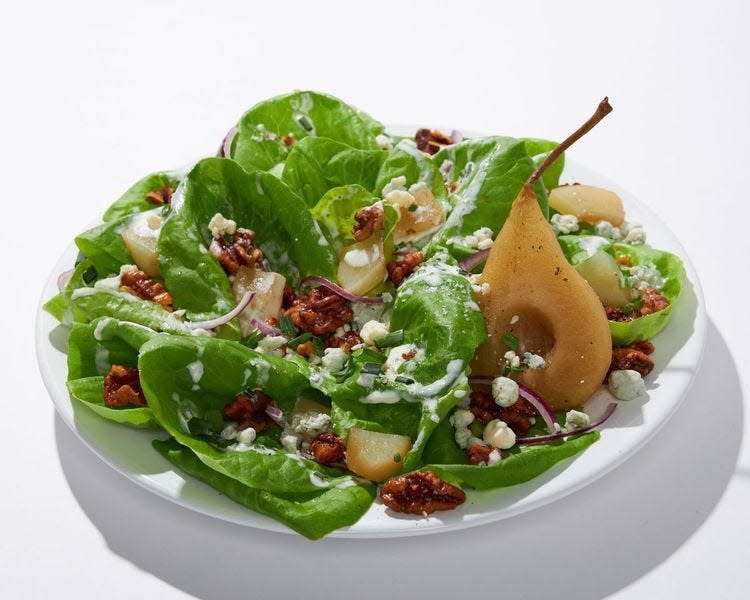
But, in 1875, there were few expectations tied to the first Kentucky Derby and what food or drinks paired well with the Run for the Roses.
Some online articles about traditional Kentucky foods might suggest a hot brown, but the iconic dish that features roast turkey, tomatoes, Mornay sauce, bacon, and melted cheese wasn’t invented until 1926, more than 50 years after the race’s debut. And benedictine spread, made with cucumbers and cream cheese, didn’t come around until the early 1900s.
So, what were people eating and drinking during those early years of the Derby, back when ice was a hot commodity, Churchill Downs didn’t offer fancy dining options and horses like Secretariat had not yet been born?
Bring-your-own fried chicken and beer
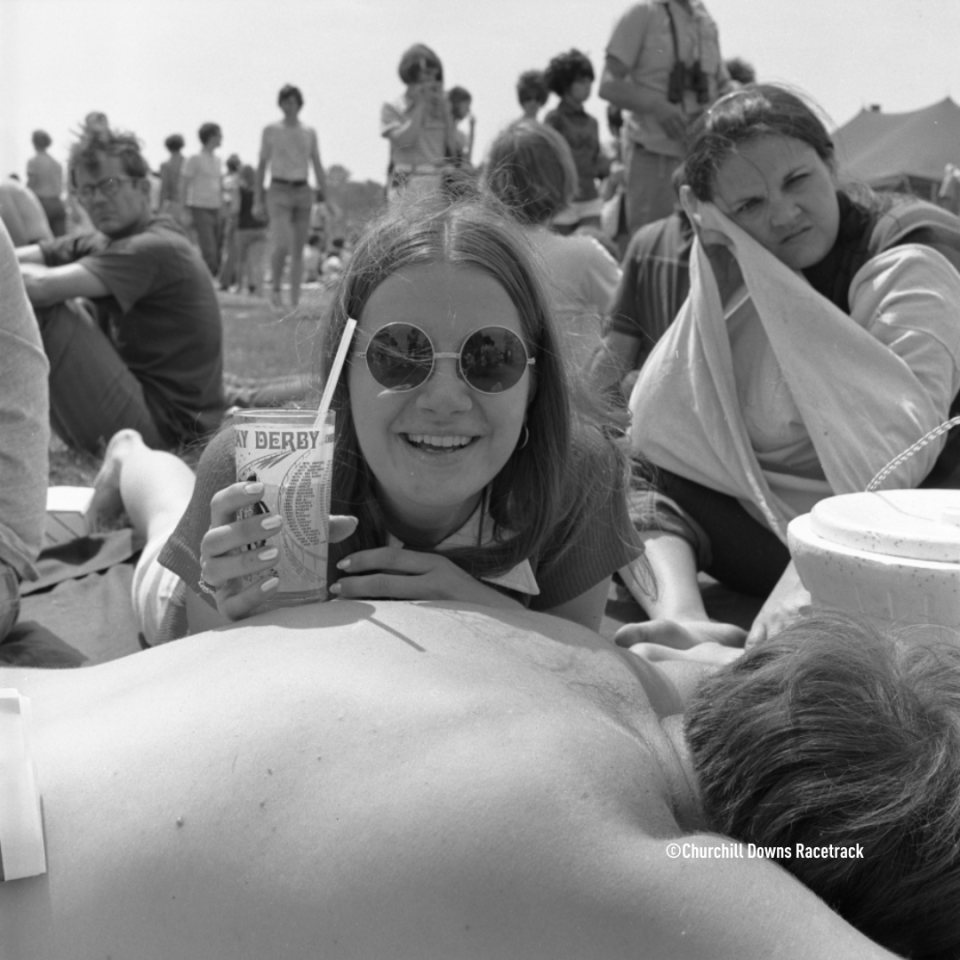
To get a picture of what was on the menu 150 years ago, you won’t see a real menu.
“As a point of comparison to what we know of today, it would’ve been more of a low-key atmosphere,” said Chris Goodlett, the Kentucky Derby Museum’s director of curatorial and educational affairs.
For details about early Derby activities, Goodlett has often referenced the pages of “Down The Stretch: The Story of Colonel Matt J. Winn as told to Frank G. Menke,” published in 1944.
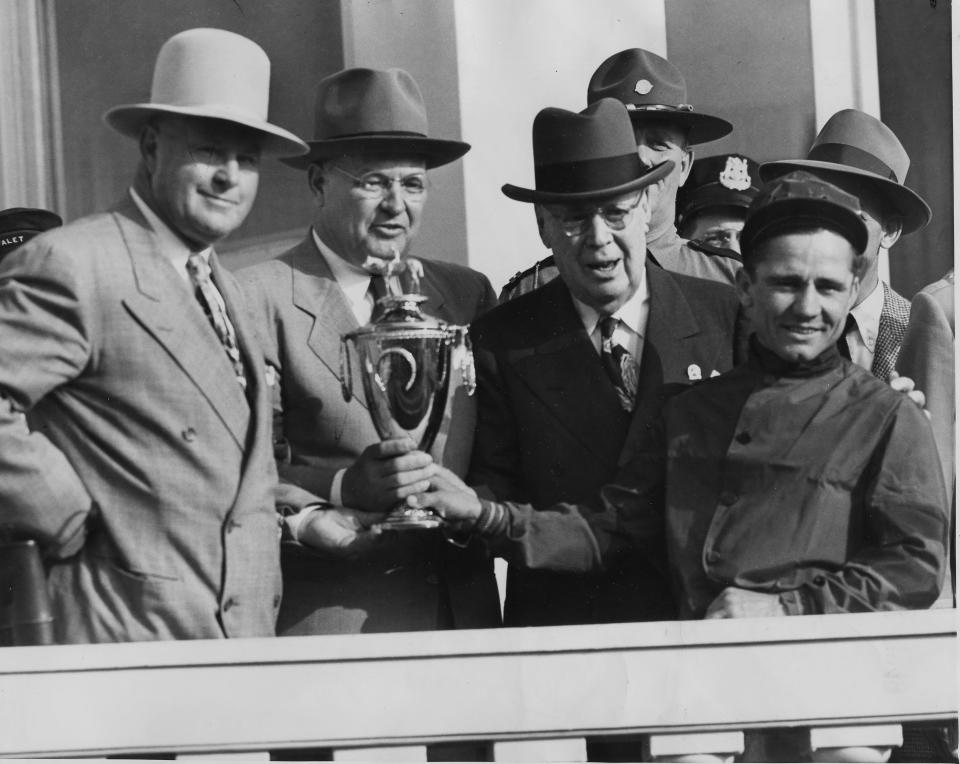
It tells stories from before Matt Winn’s Steakhouse was a fine-dining option on the grounds of Churchill Downs and begins with the teenaged Winn, who would later become the president and general manager of Churchill Downs, attending the inaugural Kentucky Derby with his father.
“He remembers the picnic atmosphere and smells of fried chicken,” Goodlet said. “That was one of the memories he chose to point out.”
Since Chris Morris started as Woodford Reserve’s Master Distiller in 1996, he has conducted a lot of research “on what people ate and drank at the early Derbies,” as he told the Courier Journal. Perhaps interest piqued too, when Woodford Reserve became the presenting sponsor of the Kentucky Derby in 1999.
“We have to remember that in 1875, Churchill Downs was out in the country,” Morris said, adding that attendees traveled to the track via wagons, buggies, or horses. “If they wanted to eat or drink anything at the Downs, most would have brought their own supplies."
While Churchill Downs now prohibits bringing in most food and beverages, back then attendees packed plenty to enjoy. The fancy stuff and parties were likely saved for outside of the track.
“The original Clubhouse was small as were the stands,” Morris, who handed over his acting master distiller title in 2023, said. “Most formal entertaining was done at people's homes or clubs in Louisville, before and after the meet.”
You may like: Courier Journal publishing '150 Years of the Kentucky Derby' coffee table book. How to pre-order
Goodlett referenced a “Derby season menu” from May 13, 1891, that included tomatoes, fresh spring vegetables, cucumbers, potatoes, and main courses such as fish and ham. Records also show celebrities of the day, such as the 12th Earl of Derby, Edward Smith Stanley, would’ve enjoyed strawberries and wine, according to Goodlett.
Morris added that “food was heavy and served with rich sauces.”
Attendees probably dined on sliced meats, “along with pickled items such as eggs, watermelon rind and vegetables,” he said.
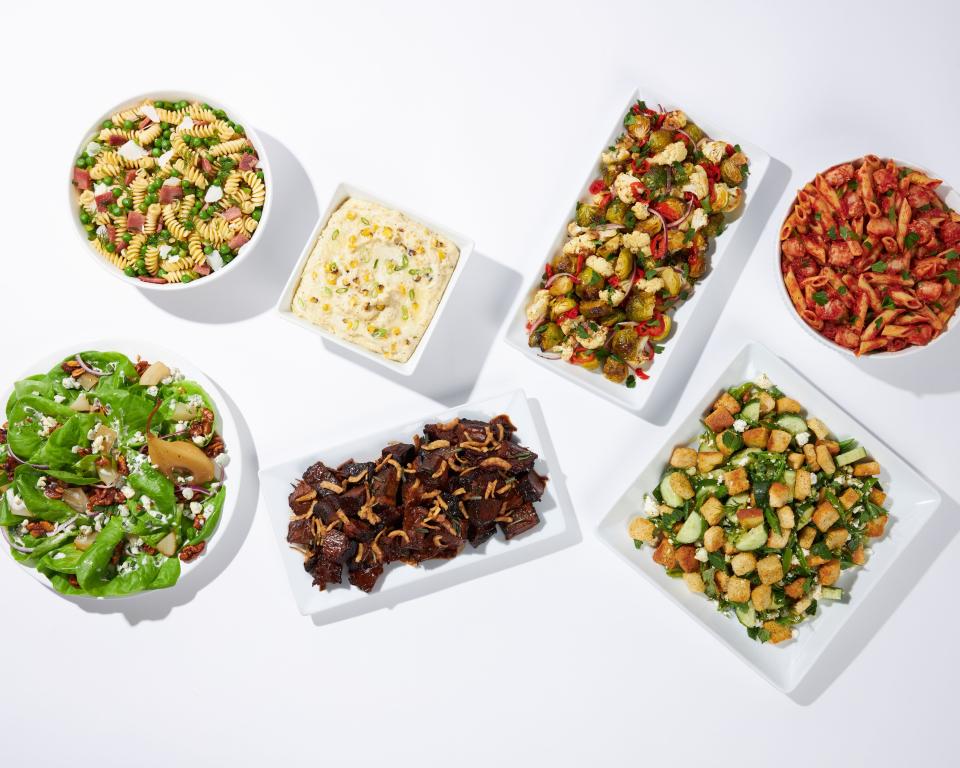
As far as drinks, there was the issue of keeping them cool.
“Ice at that time was a luxury primarily available only to the more affluent,” Morris said. “So the mint julep as we know them today was very rarely served at an outdoor event. More beer and wine was served along with spirit-infused punches.”
How did the mint julep become synonymous with the Kentucky Derby?
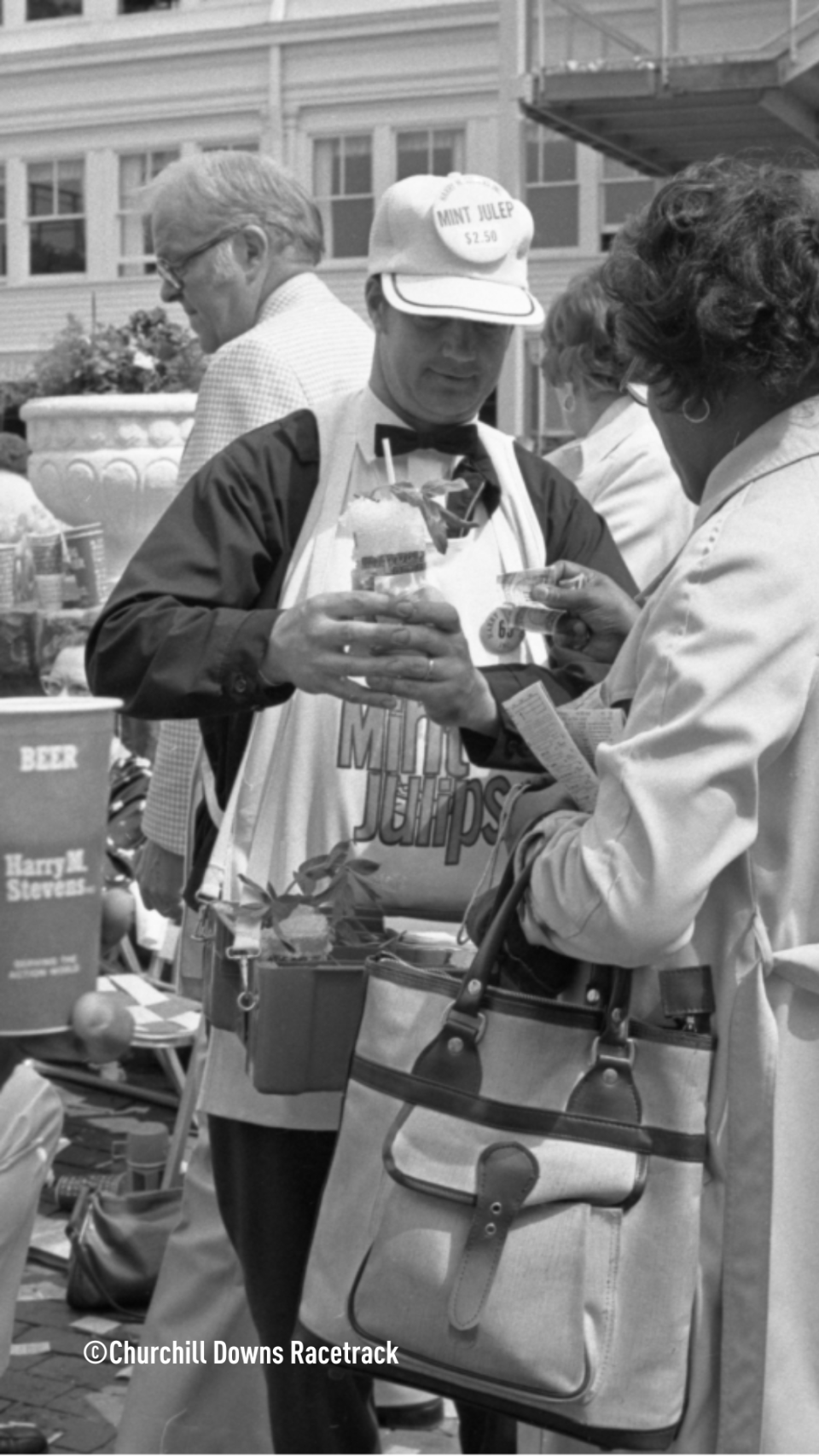
The mint julep became the Kentucky Derby’s official drink in 1939, but Goodlett says a version of the iconic cocktail, which features bourbon, sugar, and mint, goes way back.
“Quite confidently, we probably had juleps from the very first Derby,” Goodlett said. “We have every reason to think it was in existence from the very early Derbies.”
In reading accounts of the Derby from the 1880s, Goodlett paraphrased a quote from an attendee who said, “How great it is to be out in the summer and be enjoying a julep.”
Because some of the bourbon made in the 19th century “would’ve been a little rough,” as Goodlett said, there was a need for something to “cut the harshness.”
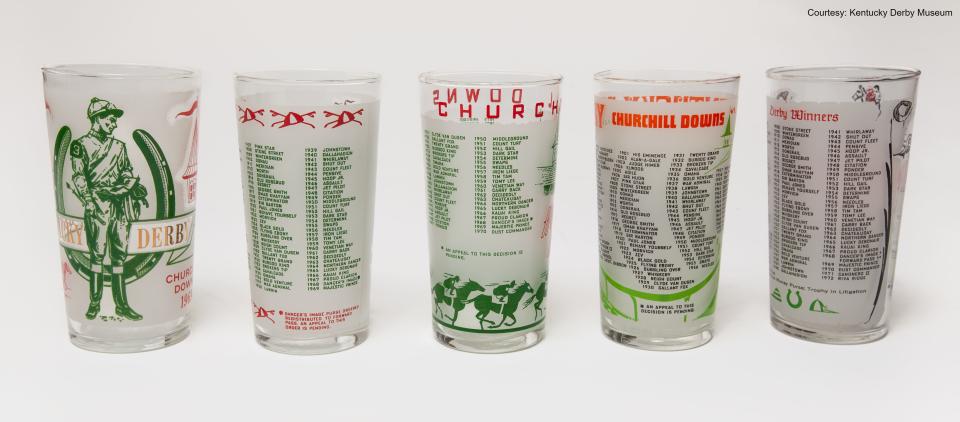
Mint and sugar did the trick. Juleps were also likely made with other spirits, such as rum or brandy.
The drink has deep roots in horse racing well beyond the Derby, according to Morris.
“The julep was originally a morning drink,” he said. “It was the spirited equivalent of coffee in today’s society. Just the drink needed to get the morning started and the ultimate picker-upper. Like the farmers, the horse trainers were up early and would prepare the julep first thing in the morning.”
It soon showed up at regional horse races, transitioned into a sipping cocktail and, with the eventual addition of bourbon, a Kentucky tradition was created.
When this topic of juleps comes up, Goodlett likes to share “two legends."
The founder of Churchill Downs, Meriwether Lewis Clark Jr., “supposedly grew mint behind the club," he said. So mint would’ve been on hand.
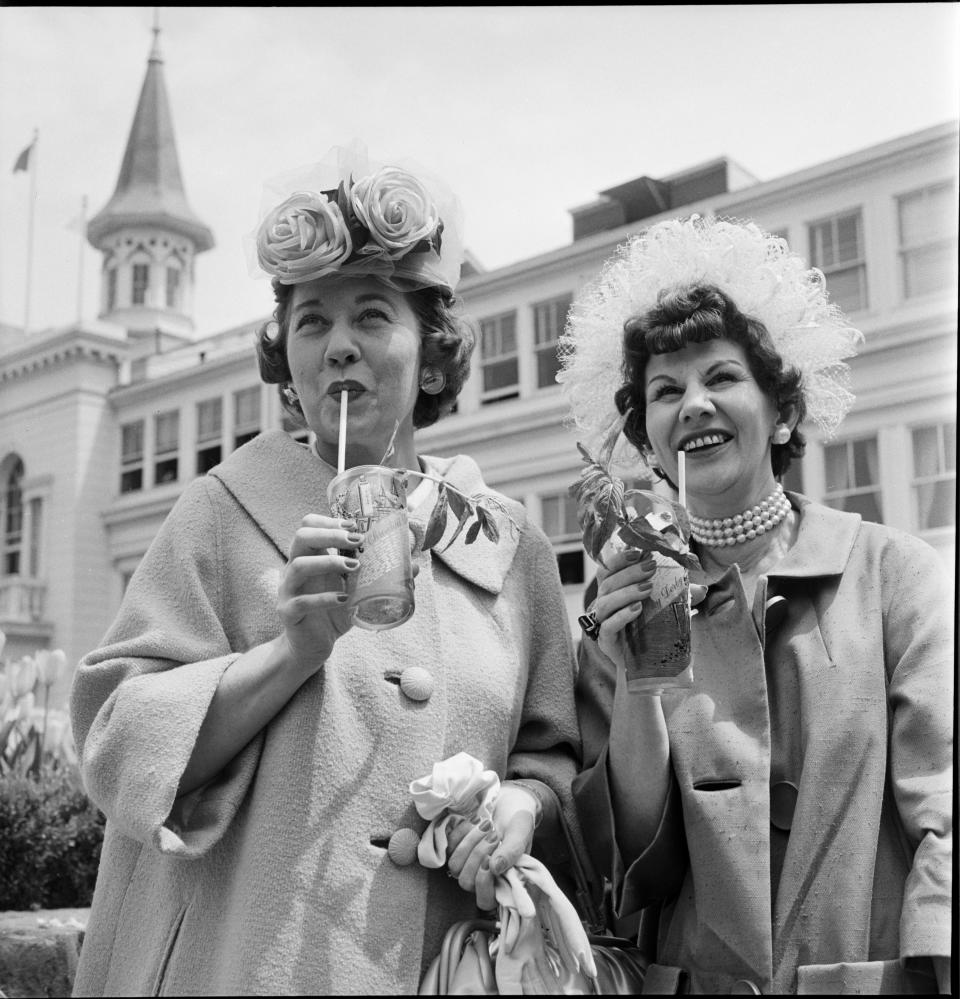
Goodlett also tells a tale from 1877, when Polish actress Helena Modjeska (yes, the famous cand of a marshmallow wrapped in caramel was created in her honor) chugged a large julep meant for a group of guests to share.
“She said, ‘This is wonderful. May I have another?’” Goodlett said.
Mint juleps grew to be more popular in the 1930s, with the introduction of collectible Derby glasses.
By 1964, you could get a set of eight glasses for $5. The drink itself would’ve been a steal.
The tradition continues
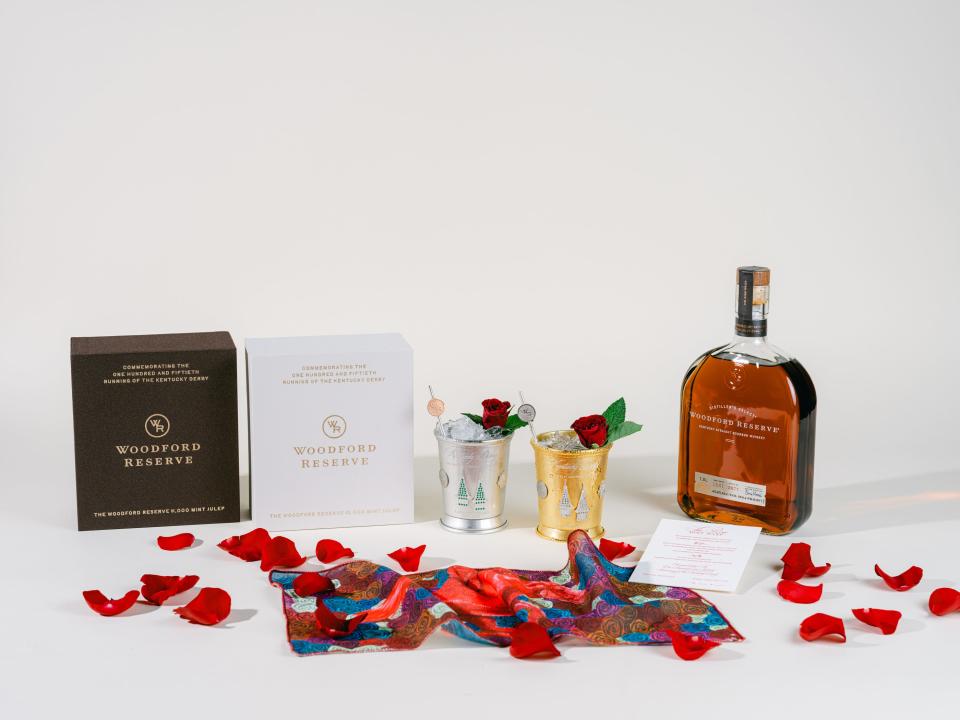
A century later, the Derby we know today includes mint juleps priced at $1,000, hard-to-get reservations at the steakhouse named after Winn, and a brand new dining experience at the Club SI by Sports Illustrated soon to be unveiled.
Today, the Derby is known as the “epitome of tradition and pageantry,” Morris said.
And, it’s possible the race wouldn’t be where it is without its infusion of food and drink.
“You see options continue to climb as the Derby itself begins to ascend as a cultural event,” Goodlett said. “As it starts to make that ascension, as the race becomes a bigger deal and the world focuses on it more, that’s when you start to see that change with food and drinks. The two go together.”
That’s what Lopez, the new Churchill Downs chef, keeps in mind as he prepares for Derby Day. He said he kept nostalgia and tradition in mind while putting together the new menu.
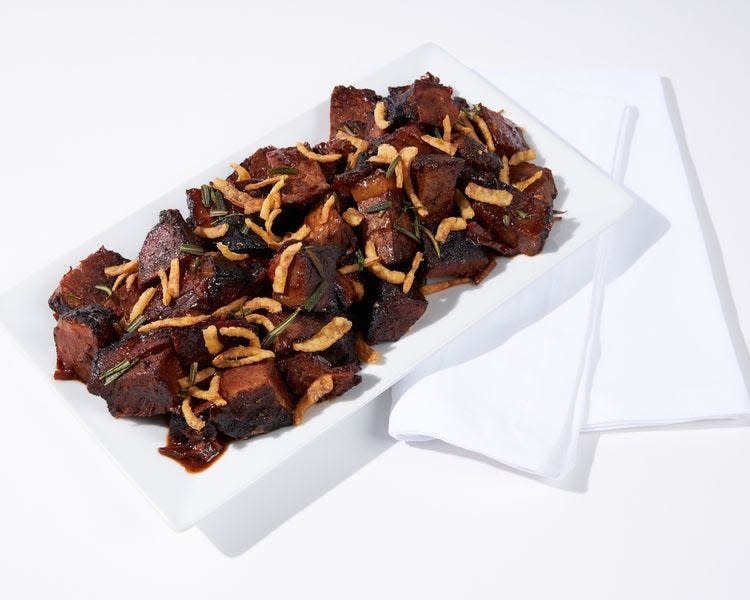
“It’s definitely an honor to be part of this milestone,” he said. “This has been going on for 150 years and it’s only gotten bigger and bigger.”
Of all the things that have changed, Lopez pointed out something that might be true of a Derby Day no matter the year.
“We know people are going to be drinking heavily all day,” he said. “We try to focus on nutritious and filling foods and things that are going to keep people awake all day.”
Whatever’s on the menu, he said, “it’s important to keep the tradition going.”
Reach food reporter Amanda Hancock at ahancock@courier-journal.com.
This article originally appeared on Louisville Courier Journal: What was served at first Kentucky Derby at Churchill Downs in 1875?

